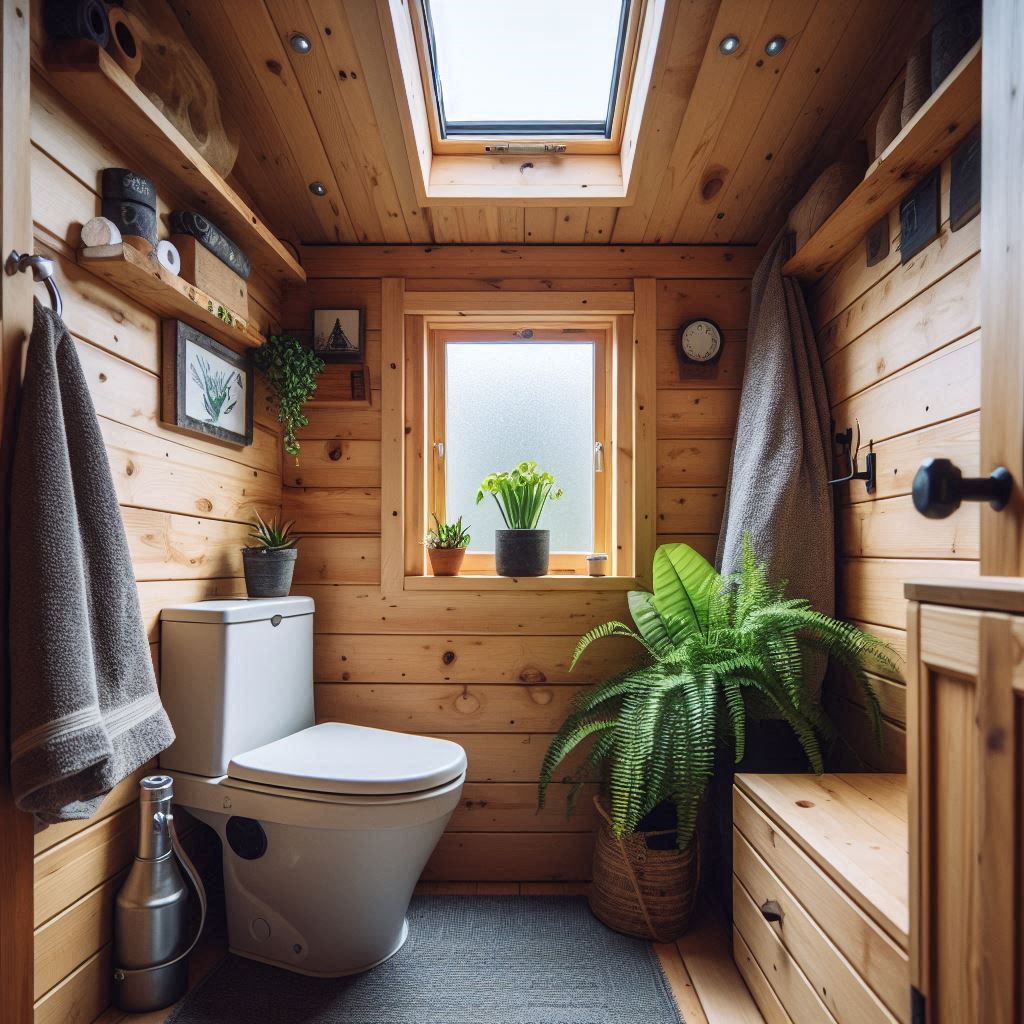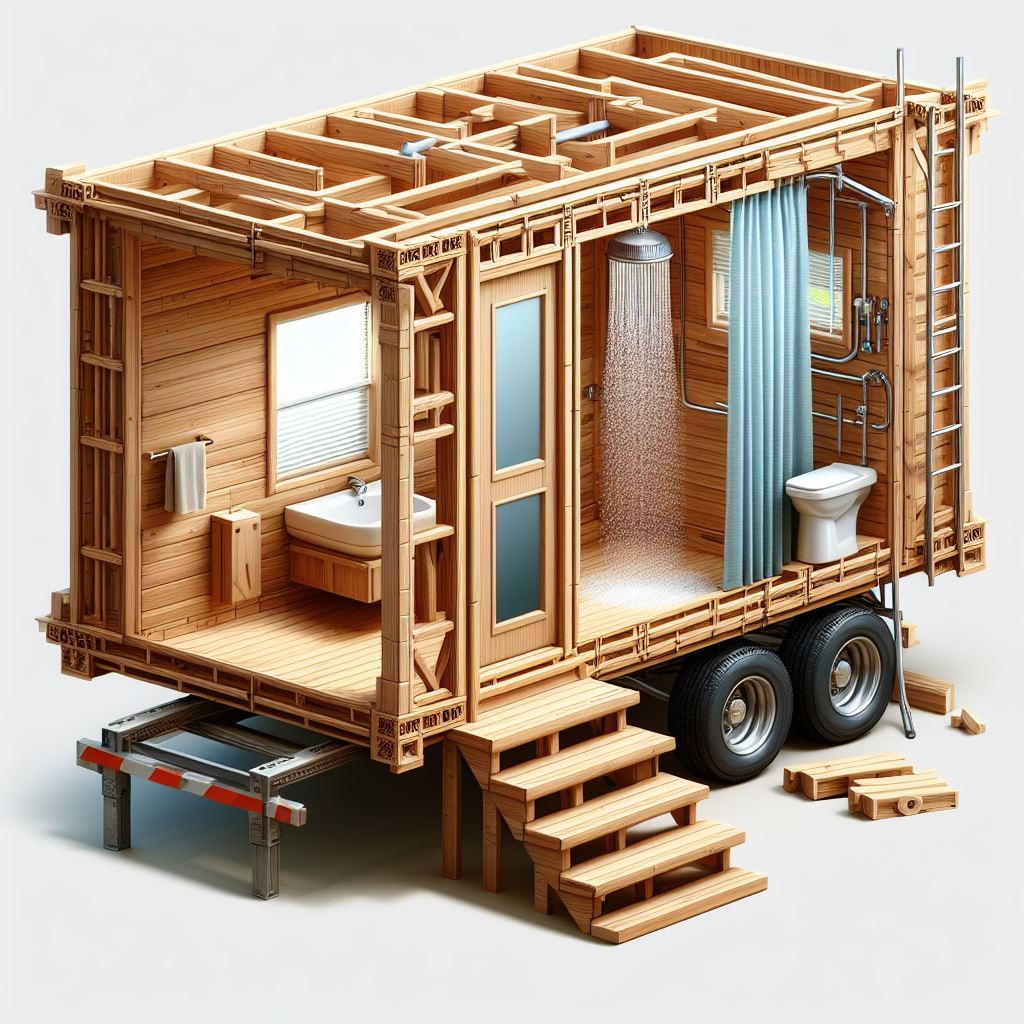Unless you live under a rock, you must have seen or heard about tiny houses. After all, these tiny dwelling units have grown in popularity both online and on the ground recently.
But you may still wonder, what are tiny houses? How tiny are they? Who lives in them? Can I get one for myself?
If you are considering downsizing, let us answer all these questions for you.
We will also break down what it takes to switch to tiny house living and help you decide if it is for you.

What is a Tiny House?
A tiny house refers to a compact dwelling unit of between 100 and 500 square feet, although definitions may vary.
Tiny houses are designed to maximize functionality, often incorporating innovative storage solutions and multifunctional furniture to make the most of limited space.
They have gained popularity in recent years as a response to concerns about housing affordability, environmental sustainability, and a desire for simpler living.
They can be stationary or mobile and strongly promote minimalism, eco-friendliness, and a focus on experiences rather than material possessions.
What is The Tiny House Movement?
The Tiny House Movement is an architectural and social movement that advocates for simple living in small and efficient dwellings. It emerged in the early 2000s in response to various social and economic factors.
Contributing factors include concerns about housing affordability, environmental sustainability, and a desire for greater financial freedom and mobility.
The movement has gained momentum by sharing ideas, resources, and experiences via online communities, social media, and dedicated websites and blogs.
One of the most important considerations in going tiny is how to optimize where you decide to plant your home. Many people advocate renting backyard or spare land from a friend or family member. It can be difficult to find private space for your home in the open market.
Take some time to consider where you would place your tiny home, as it’s one of the most important decisions in the whole process. It will contribute to your quality of life and costs.
Who is Joining the Tiny House Movement?
While anyone can join the movement, a specific set of individuals and groups are more likely to jump on the opportunity. Here are some of the key demographics and groups that are attracted to tiny house living:
- Young Adults
Many young adults see tiny houses as a way to achieve homeownership without taking on excessive debt.
- Empty Nesters
As children move out, parents may find themselves with more space than they need in their current homes. Downsizing to a tiny house offers empty nesters the opportunity to reduce expenses and simplify their lives.
- Retirees
Tiny house living provides retirees with a more affordable housing option. They can further stretch their savings to maintain a sense of independence and autonomy.
- Environmentalists
Individuals who are passionate about environmental sustainability are often attracted to tiny house living due to its smaller ecological footprint. Tiny houses typically require fewer resources to build and operate compared to traditional homes.
- Minimalists

Minimalists are drawn to tiny house living as a way to declutter their lives and focus on what truly matters to them.
Tiny houses encourage minimalism by necessitating a pared-down lifestyle and prioritizing experiences over material possessions.
- Adventure Seekers
Some individuals are drawn to the mobility and flexibility of tiny houses. Tiny house living allows adventure seekers to travel more freely, explore new places, and embrace a nomadic lifestyle without sacrificing the comforts of home.
Why People Are Going Tiny
People are attracted to the idea of living in tiny houses for a variety of reasons, and there are several potential benefits associated with this lifestyle:
Benefits of Living in a Tiny House
- Sustainability: Tiny houses have a smaller environmental footprint compared to larger homes. Many owners also incorporate eco-friendly features such as composting toilets, rainwater harvesting systems, and solar panels to reduce their environmental impact further.
- Affordability: Tiny houses are cheaper to build and maintain than traditional homes.
- Simplicity: Living in a tiny house encourages a minimalist lifestyle, where individuals focus on what they need and value. Decluttering can lead to less stress, improved mental well-being, and contentment.
- Mobility: Tiny houses offer the opportunity to explore different locations without selling or leaving your home behind. Tiny house communities and RV parks also offer opportunities for like-minded individuals to connect and share experiences while maintaining a sense of community.
Challenges of Living in a Tiny House
There are several challenges associated with living in a tiny house:

- Limited Space: This can make it difficult to store belongings, entertain guests, or pursue hobbies that require ample space. You must be willing to downsize and adapt to a more minimalist lifestyle.
- Zoning and Legal Issues: Zoning regulations may restrict where you can place your tiny house in your area. Navigating these legal issues can be challenging for tiny house owners, especially in urban or suburban areas.
- Utilities and Infrastructure: Tiny houses often require alternative solutions for utilities such as water, electricity, and sewage. Ensuring reliable access to utilities is challenging, particularly in remote or rural locations.
- Social Stigma and Acceptance: Despite growing popularity, tiny house living is still relatively unconventional compared to traditional homeownership. You may have to deal with skepticism or judgment from friends, family members, or neighbors who do not understand or appreciate the lifestyle.
How Much Does a Tiny House Cost?
The cost of a tiny house varies depending on various factors, such as size, location, materials, amenities, and customization.
On average, a professionally built tiny house can cost anywhere from $20,000 to $150,000.
DIY-built tiny houses may have lower upfront costs but can range from $10,000 to $50,000, depending on customization and material quality.
Is Tiny House Living for You?
Deciding if tiny house living is right for you requires careful consideration of your lifestyle, priorities, and preferences.
If you are comfortable downsizing and prioritizing only essential possessions, a tiny house is an affordable option.
Consider practical aspects such as zoning regulations, building codes, and access to utilities. Ensure that tiny house living is legally permissible and feasible in your desired location. Lastly, prepare to navigate any regulatory hurdles or logistical challenges.
Ultimately, the decision to embrace tiny-house living is deeply personal and depends on individual circumstances and values. Take the time to research, weigh the pros and cons, and envision how tiny house living aligns with your goals and aspirations before committing.



